Affiliate links on Android Authority may earn us a commission. Learn more.
How to delete downloaded files on an Android device
Published onMay 16, 2024
We use our Android phones so often that it’s easy to forget how many files we download to them. From images to PDF files, many of our downloads are of only temporary usefulness. Your device can use up its storage capacity before you realize it.
You need to know how to delete downloaded files on an Android device before your phone’s performance starts to suffer, or you literally have no place to put anything else. We’ve put together a clear set of instructions to guide you through this process so you can get back to downloading even more stuff.
QUICK ANSWER
To delete downloaded files on an Android device, download and install the Files by Google app and open it. On the Browse tab, tap on Downloads. Tap on the three-dot icon next to a file to be deleted, then tap on the Move to Trash option. Tap the menu icon in the top left of the Browse tab and select Trash. Tap on Delete and then confirm the deletion when prompted.
JUMP TO KEY SECTIONS
How to delete downloads on Android
Depending on the phone or tablet you have, the built-in file manager might be called Files or File Manager or something similar. There are also file manager apps in the Google Play Store — Total Commander is a good choice.
Find this app on your device and open it. There is a two-step process to delete your downloads. First, find the Downloads folder on your file manager and move the files you want to remove to your phone’s Trash. Then tap on the Trash folder and empty it; otherwise, the files will hang around for 30 days before Android deletes them.
By using the Files by Google app
Files by Google is the best file manager I’ve seen. It makes it very easy to keep your phone free of extraneous files. If you want to use Files by Google to delete your downloaded files, begin by opening the app and tapping on the Browse tab. Then tap on Downloads.
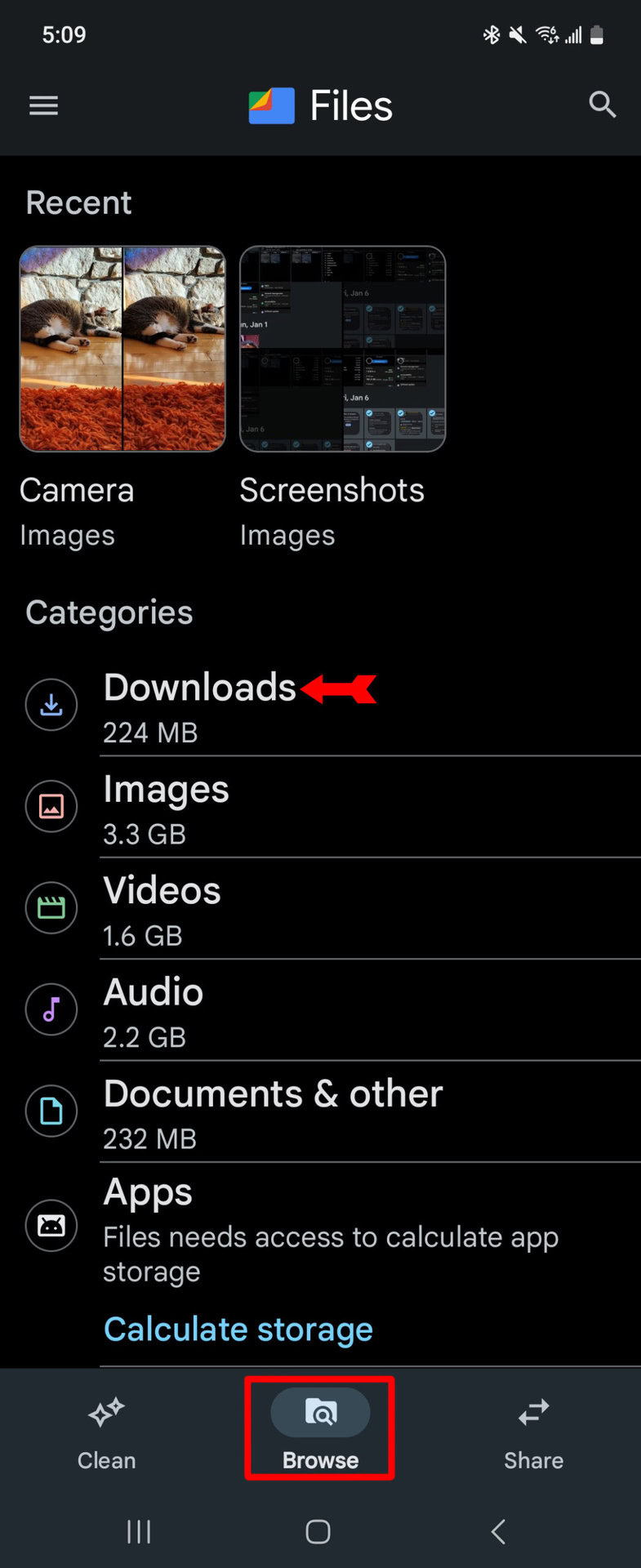
You will see all your downloaded files. Pick the first file you want to delete and tap and hold on it until the selection checkboxes appear on the right.
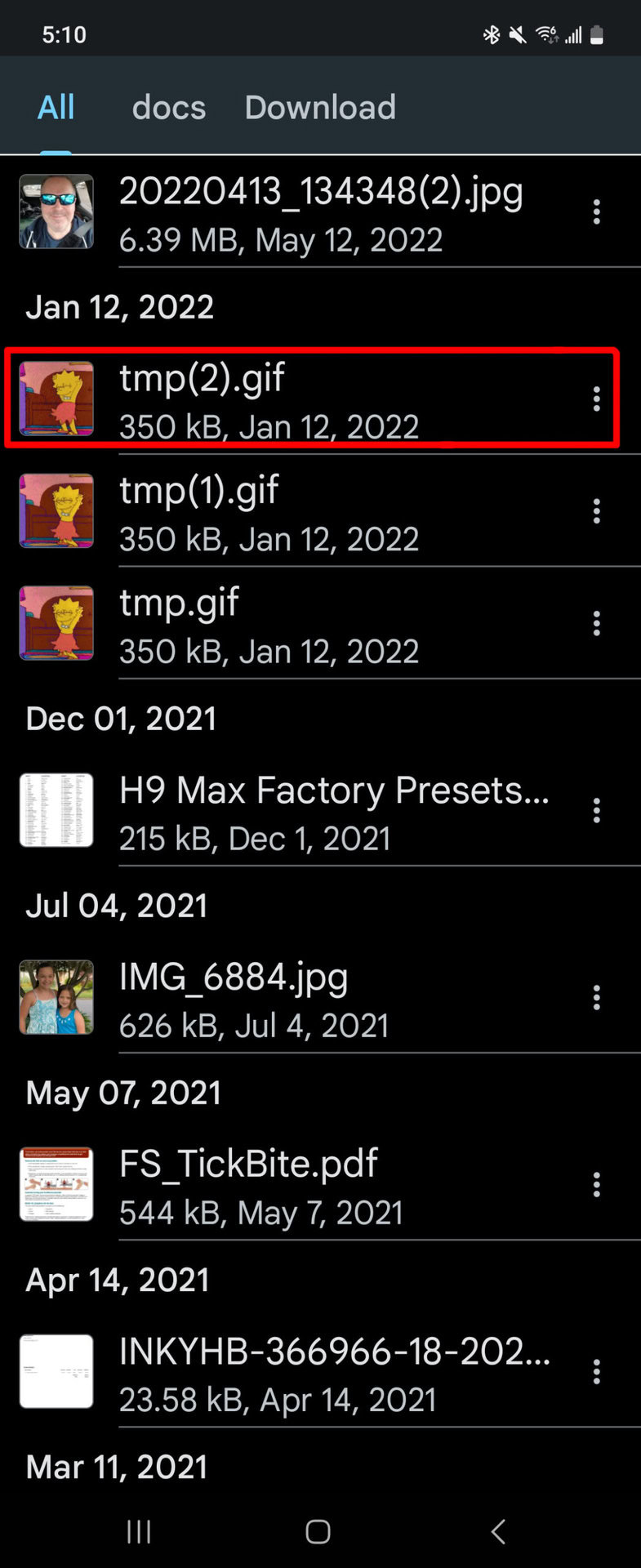
Check all the files you want to move to the Trash, and then tap on the garbage can icon at the top right.
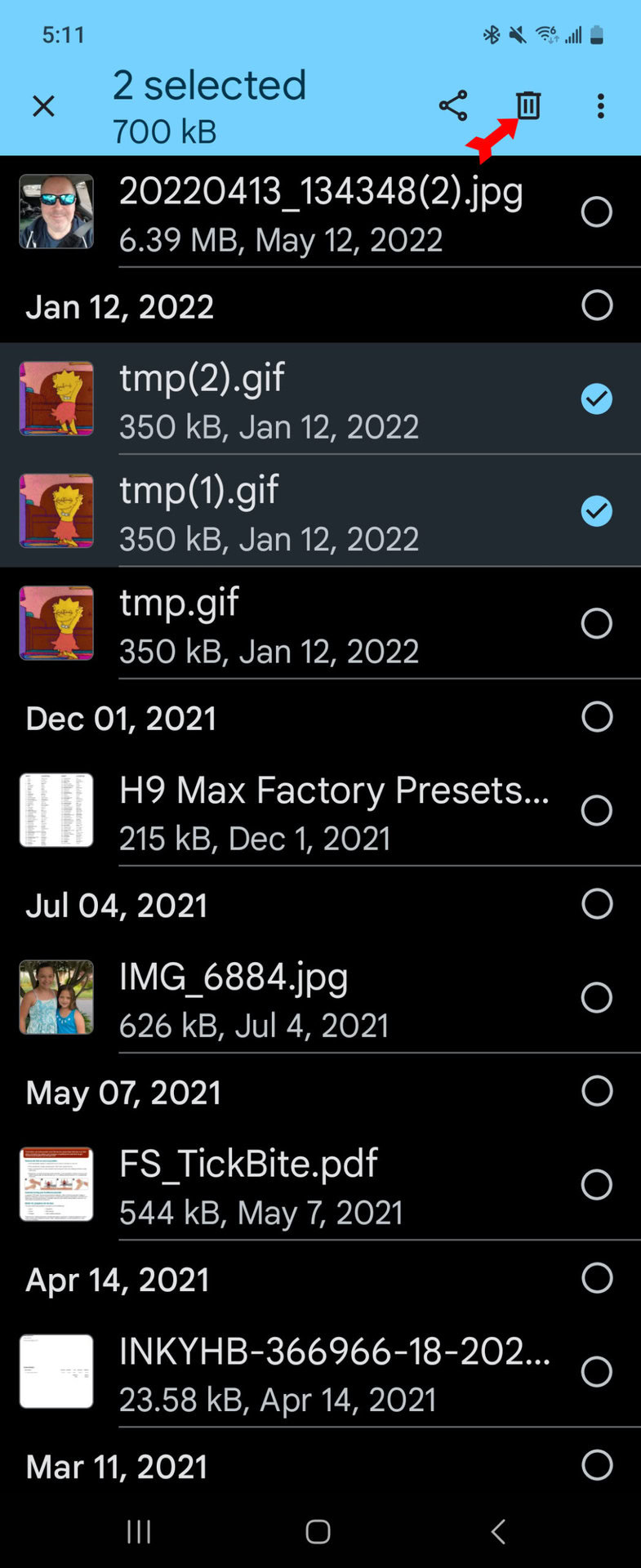
Confirm that you want to send these items to the trash.
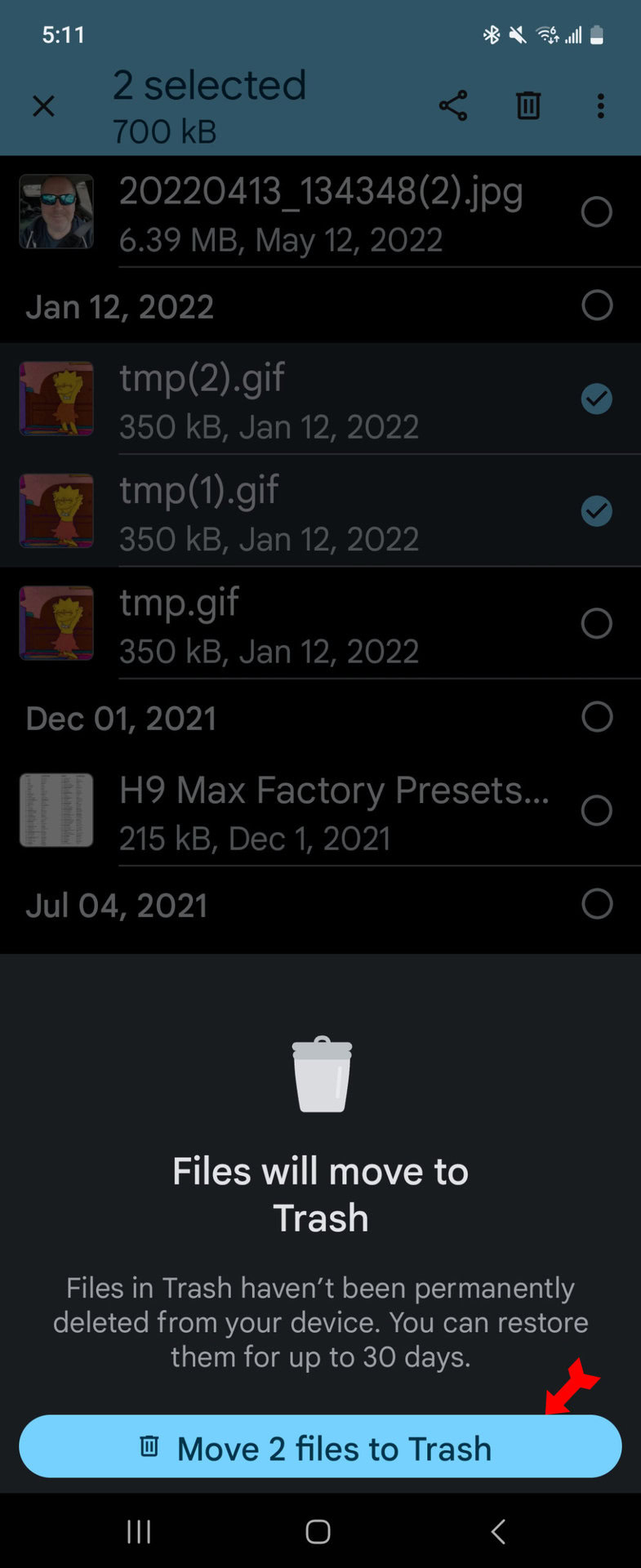
Use the back button to get to the Browse tab again. This time tap the menu icon at the top left. Then tap on Trash.
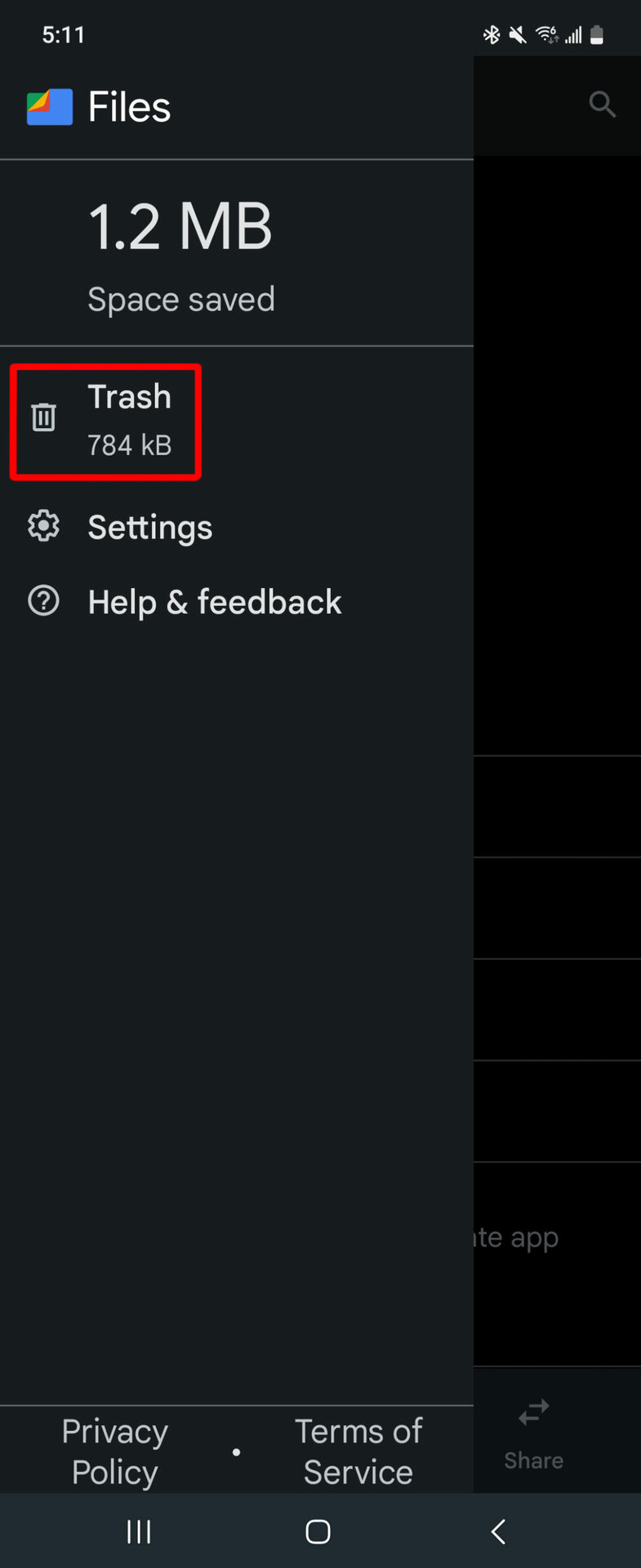
Since you carefully selected the files you wanted to delete, you can use the All items checkbox at the top of the list. Then tap on Delete at the bottom right.
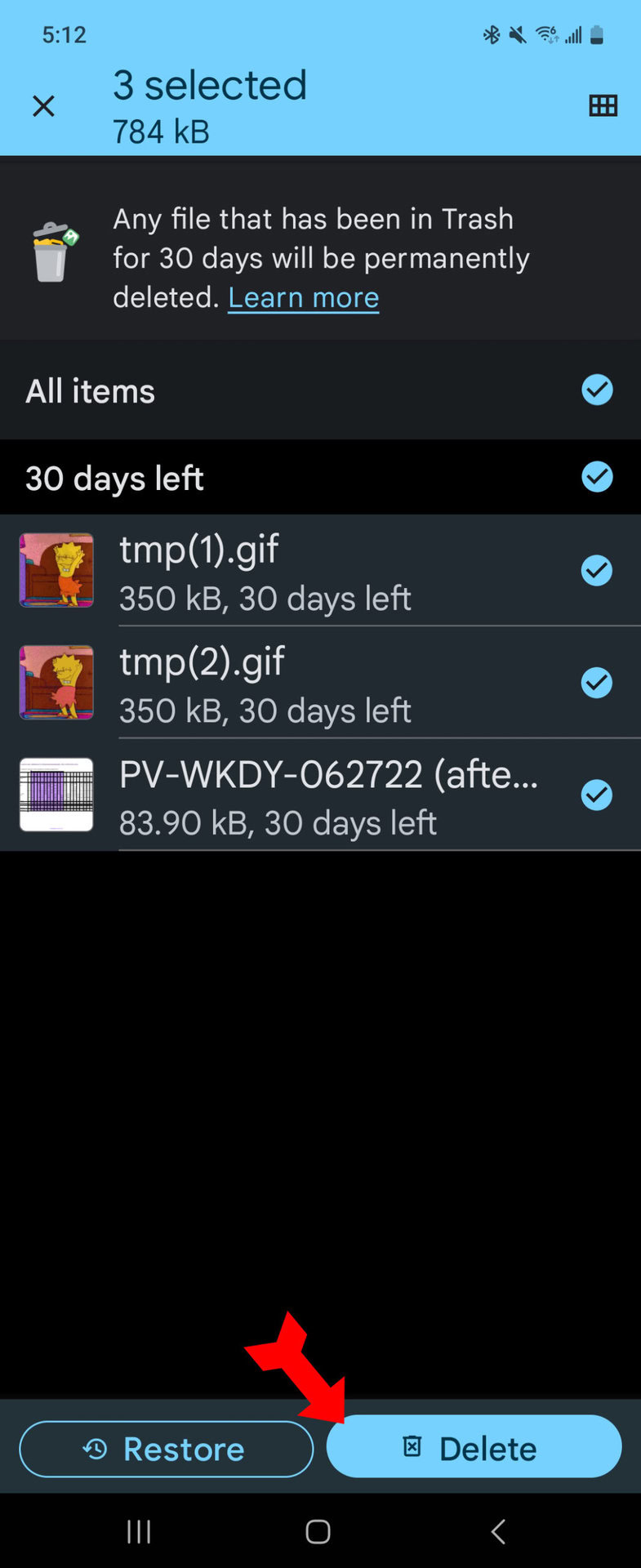
Confirm the permanent deletion of your selected files.
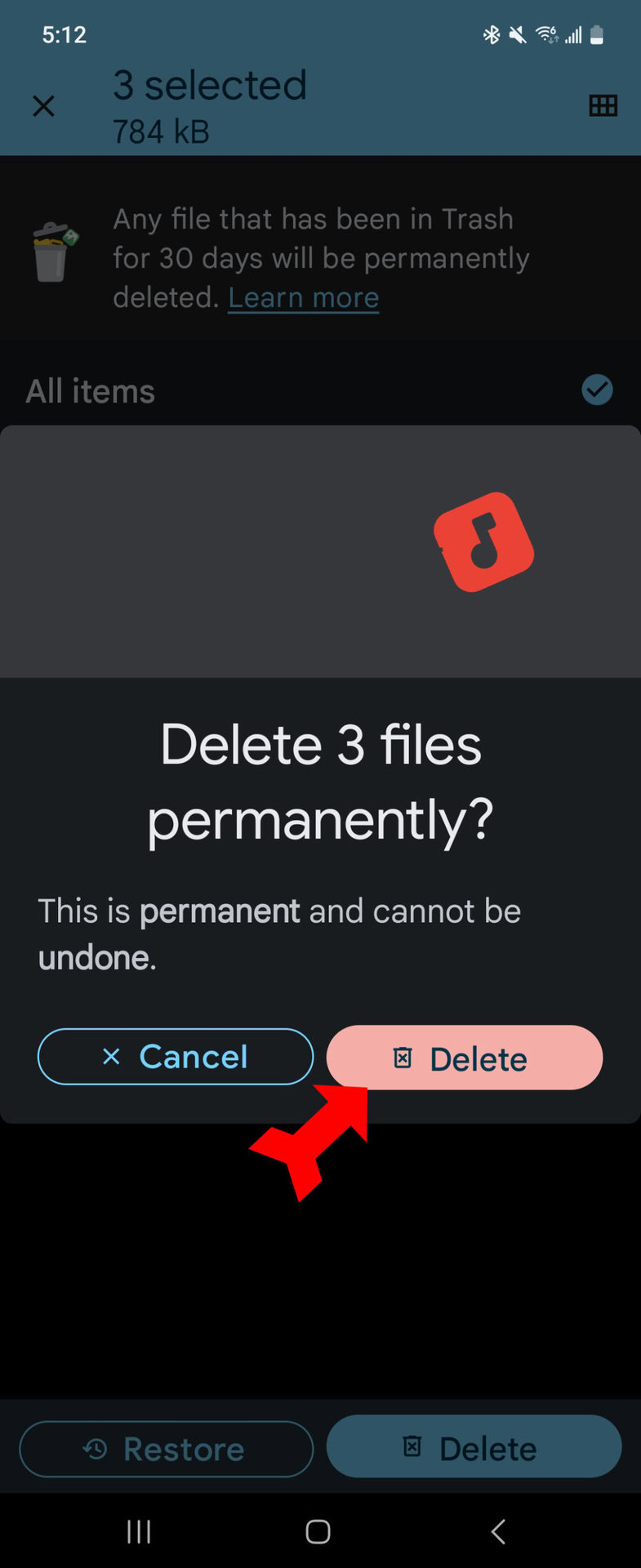
You will see that the Trash is now empty. There will also be a reminder that items left in the Trash for 30 days will be automatically and permanently deleted.
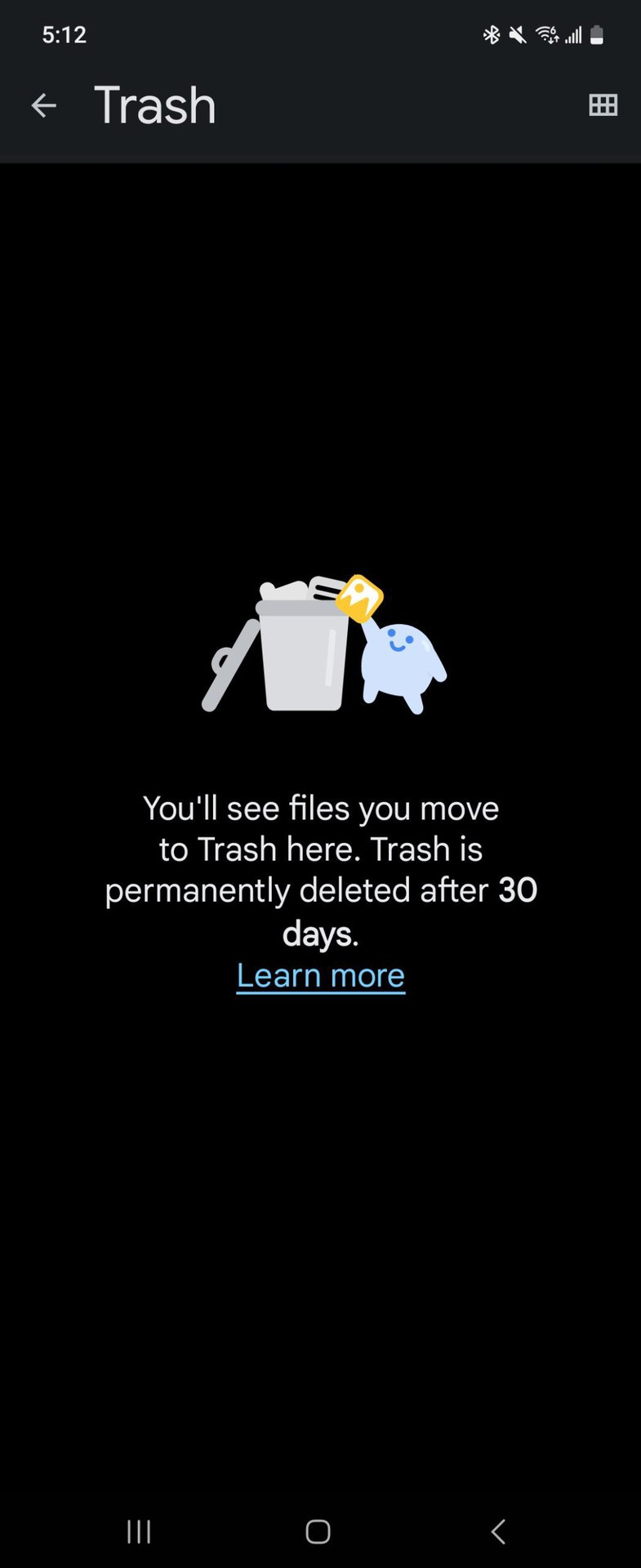
By using the Samsung My Files app
Samsung phones come with this app built in, but it is also available at the Google Play Store. To clear out your downloads using Samsung My Files, open the app and tap on the Downloads button.
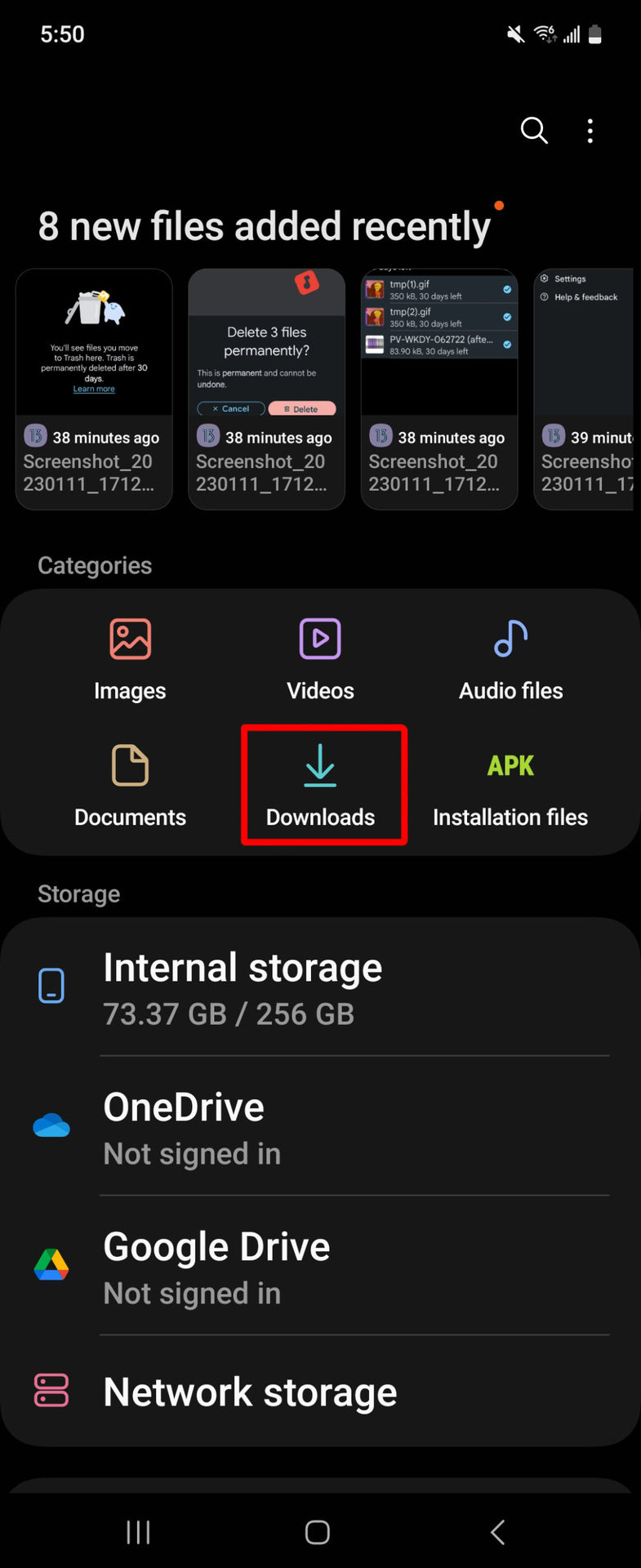
Find the first file you want to delete and tap and hold on it until the selection check boxes appear on the left.
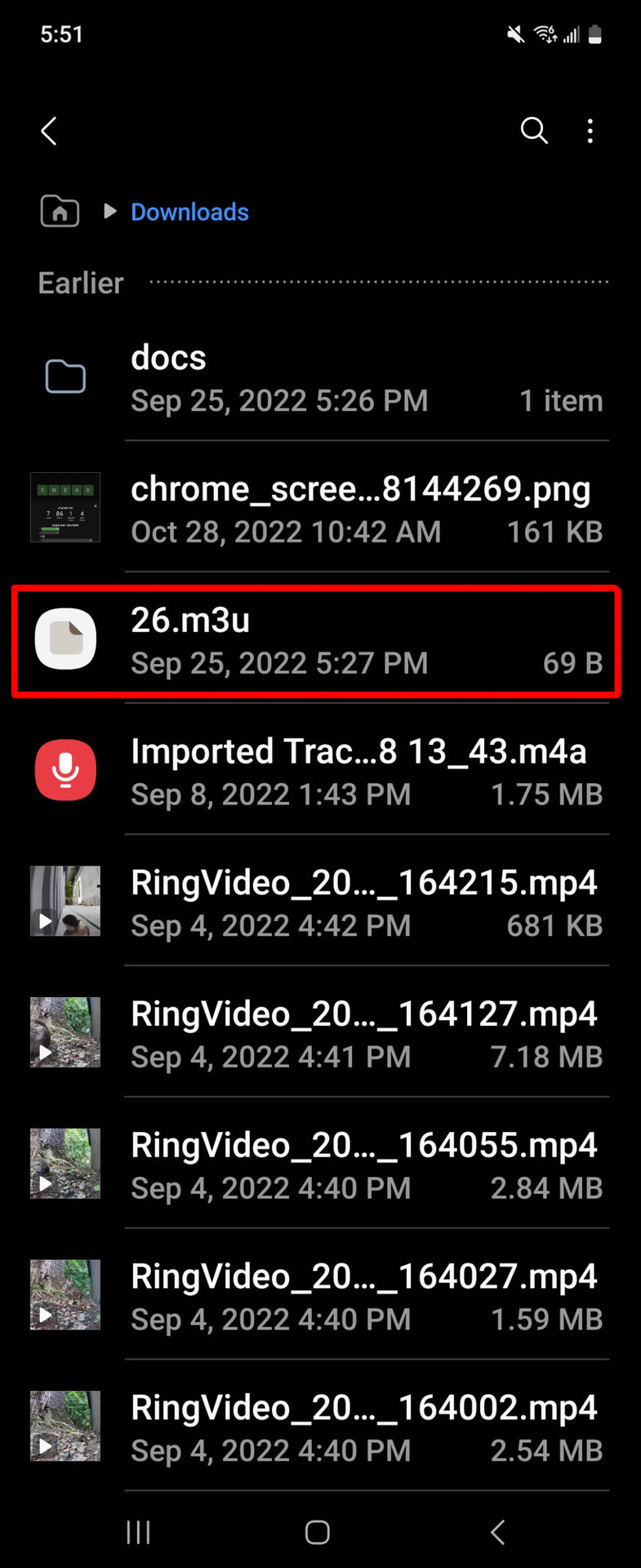
Select the files you want to delete using the checkboxes. You can also use the All check box at the top left. Tap on Delete at the bottom of the screen.
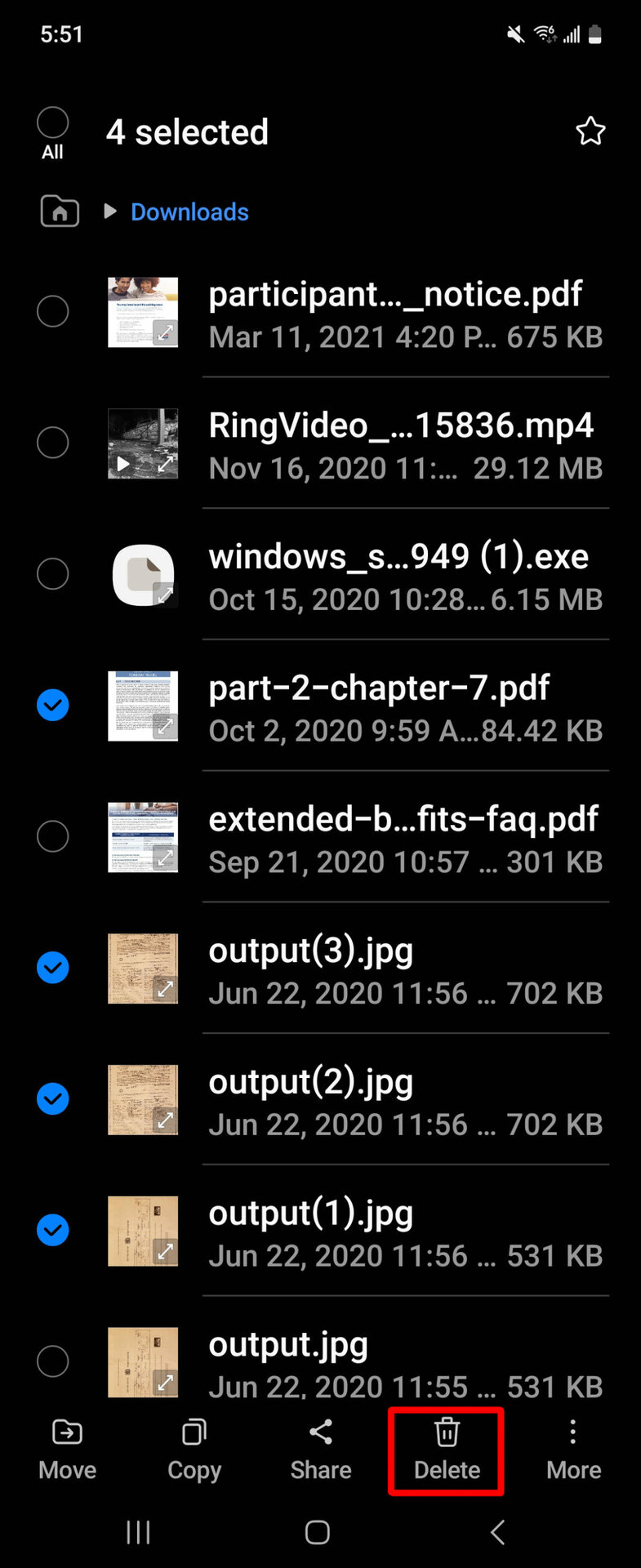
Confirm that you want to move these files to the Trash.
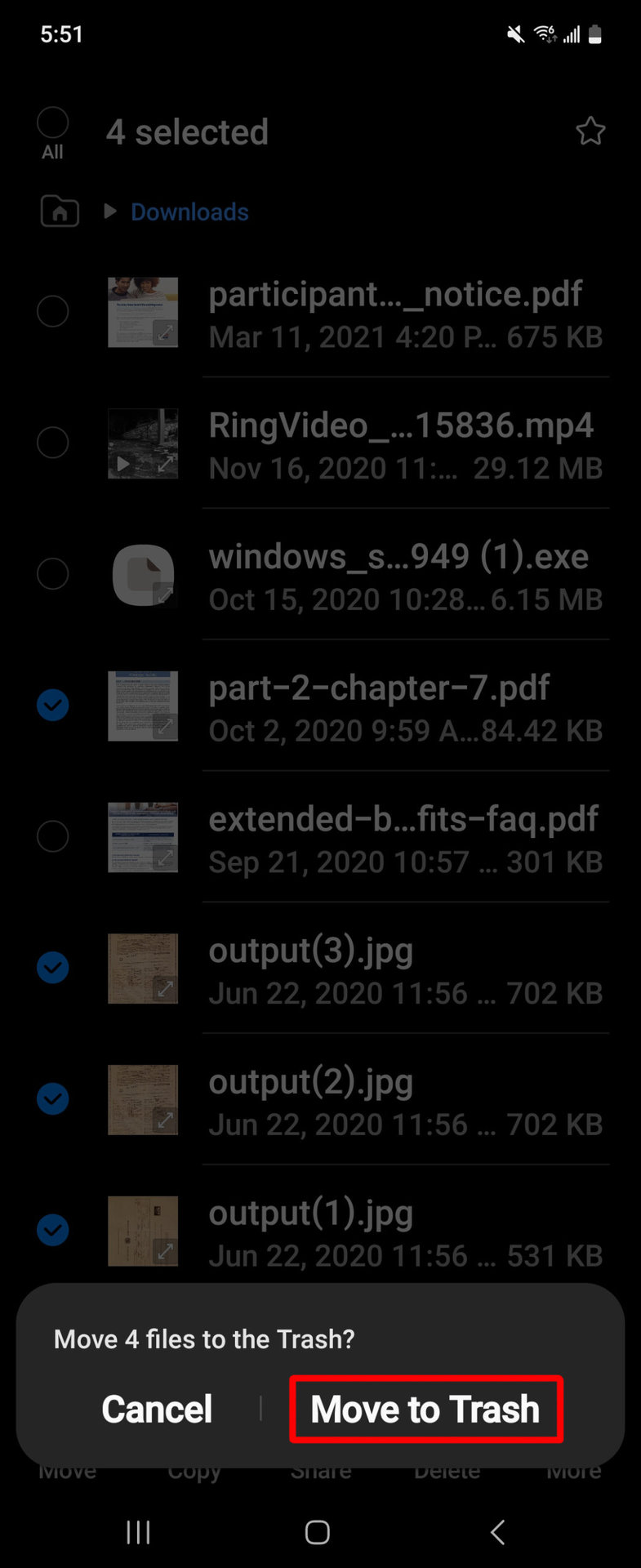
Use your phone’s back button to return to the app’s main page and scroll down to find the Trash button and tap it.
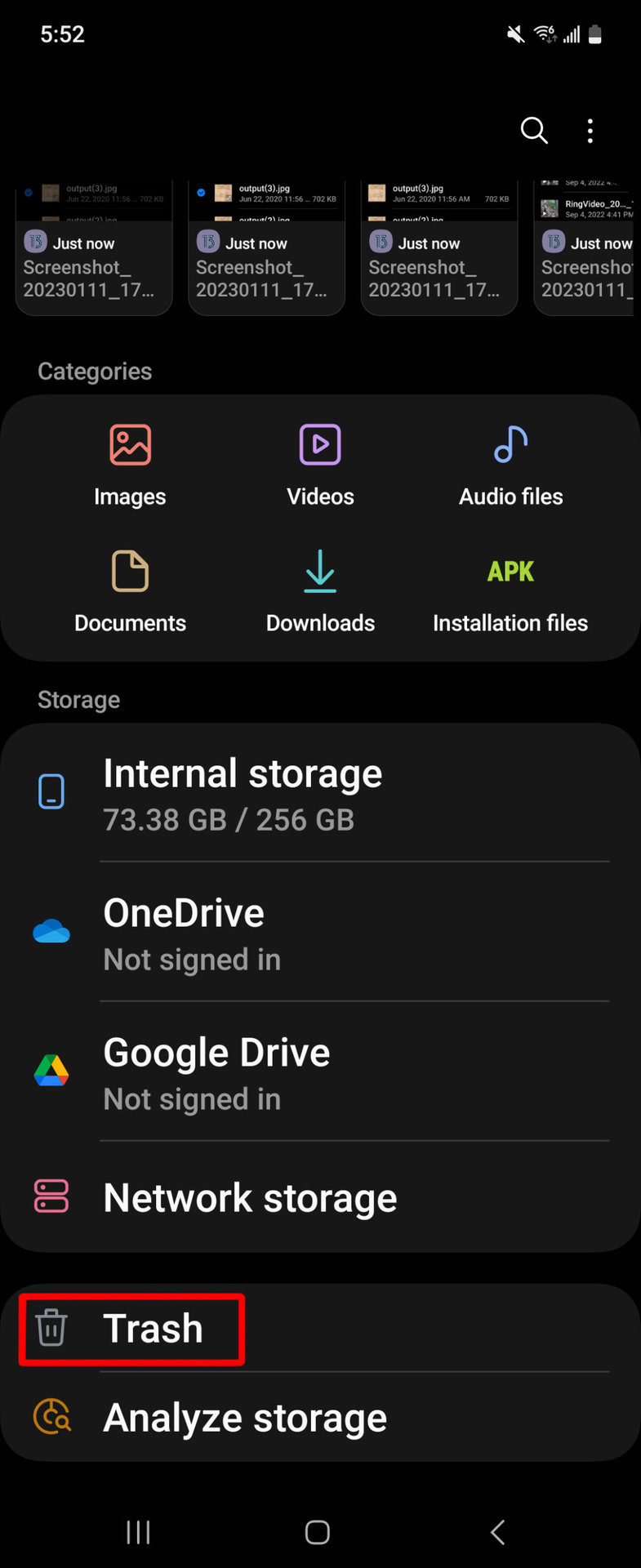
Tap on the first file and hold until the selection check boxes appear on the left. Then use the All check box at the top left.
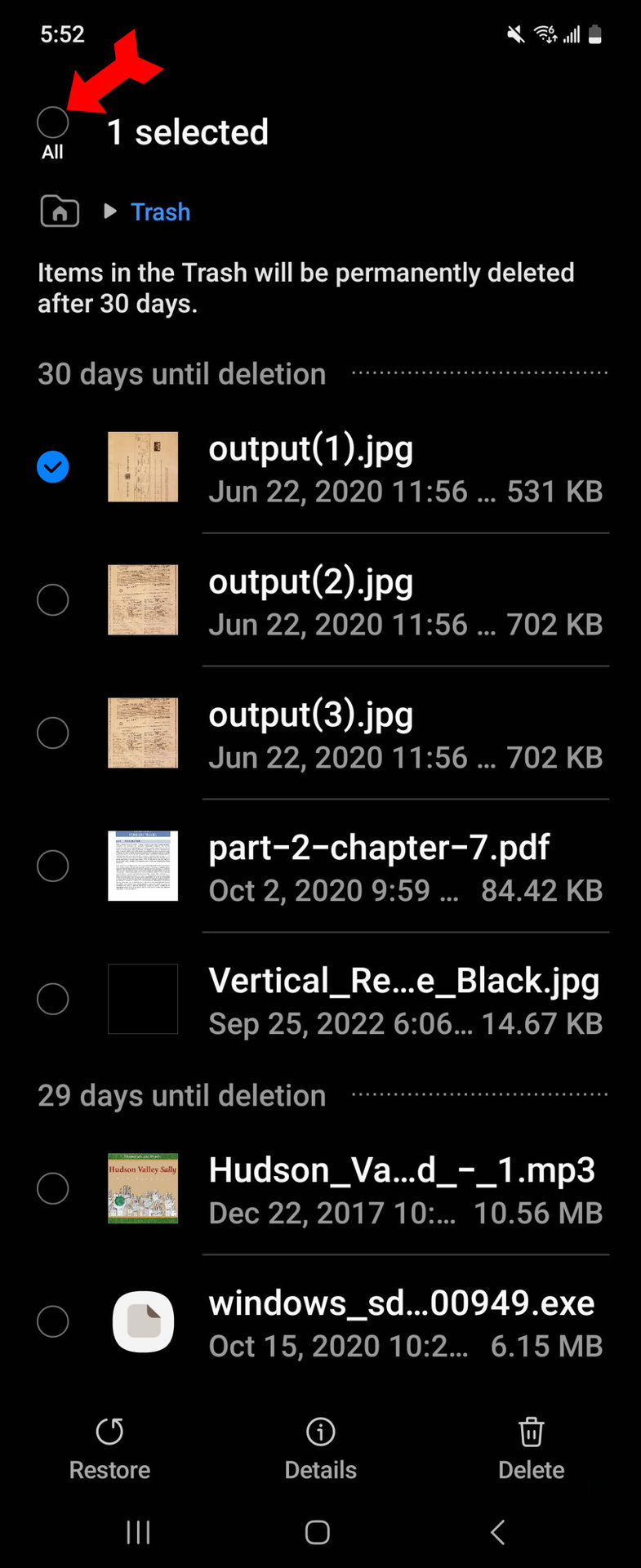
Then tap on Delete all at the bottom right.
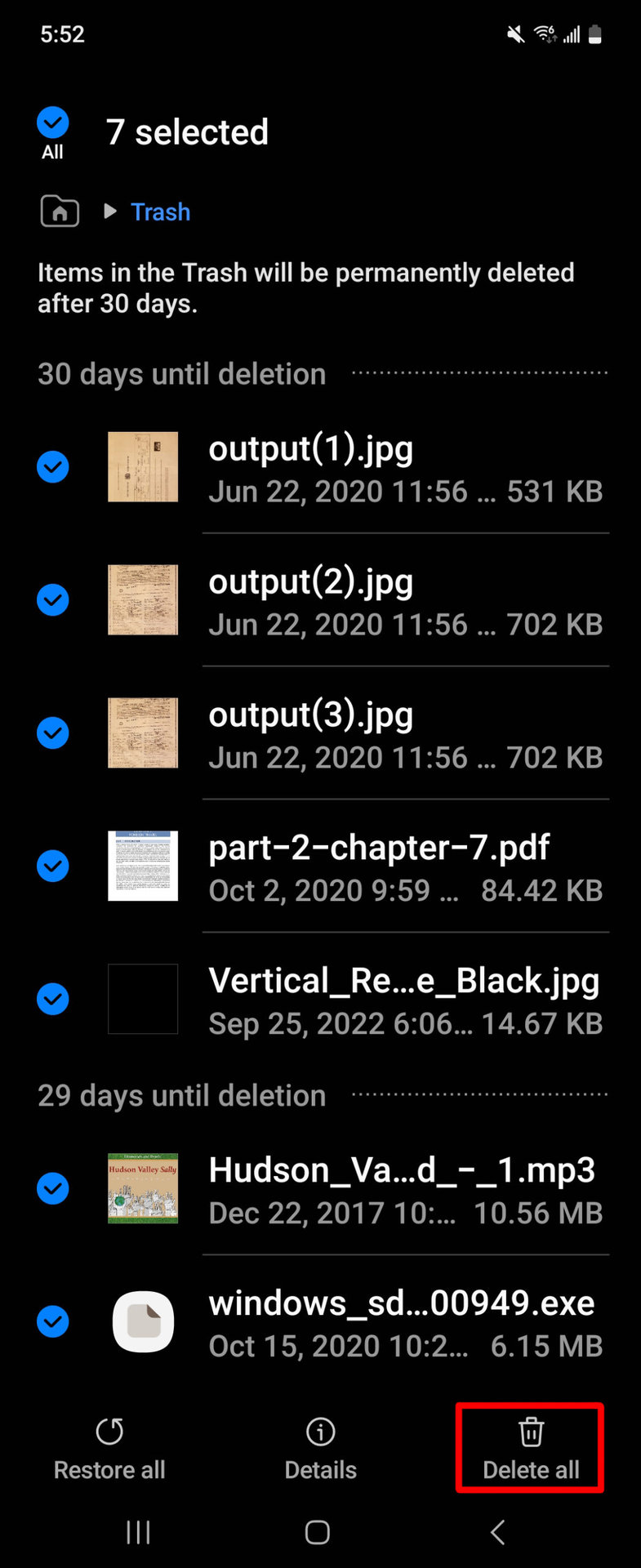
Confirm that you want to empty all the files in the Trash.
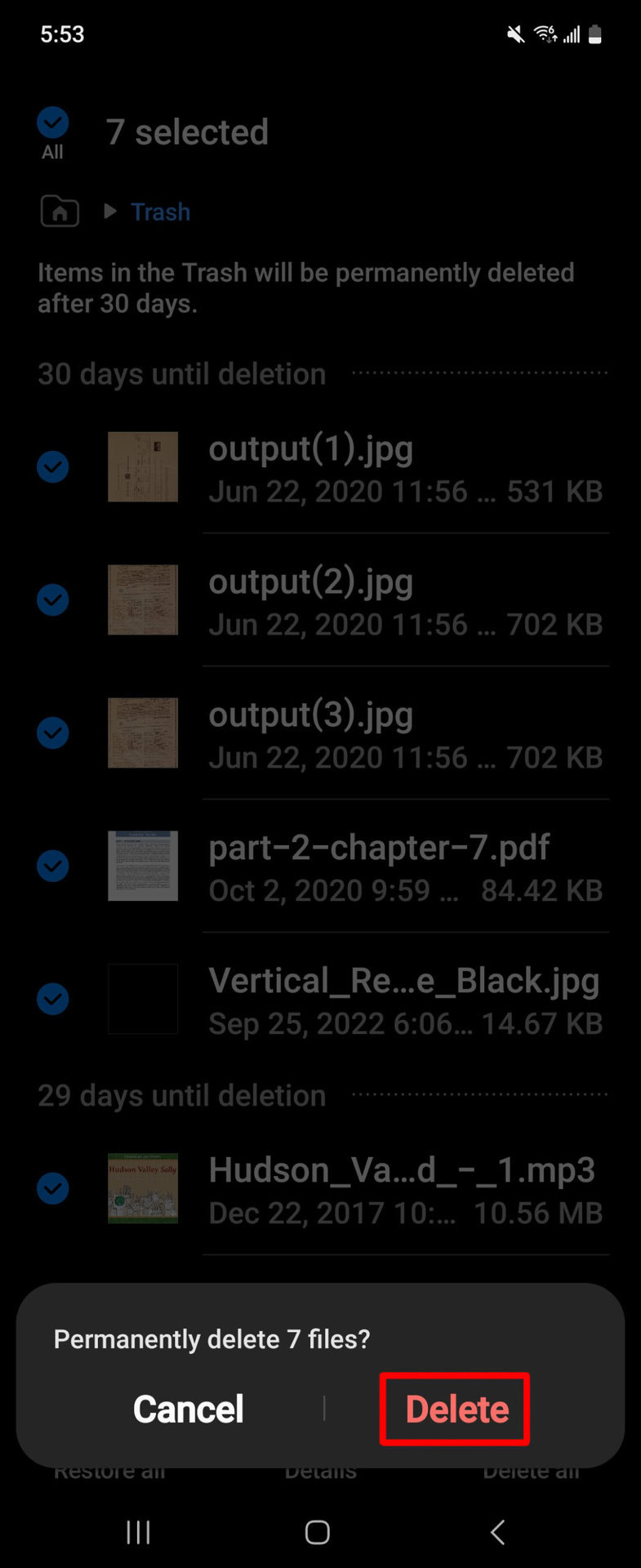
You will see that your Trash is empty. You will also be reminded that items in the Trash are automatically deleted 30 days after being placed there.
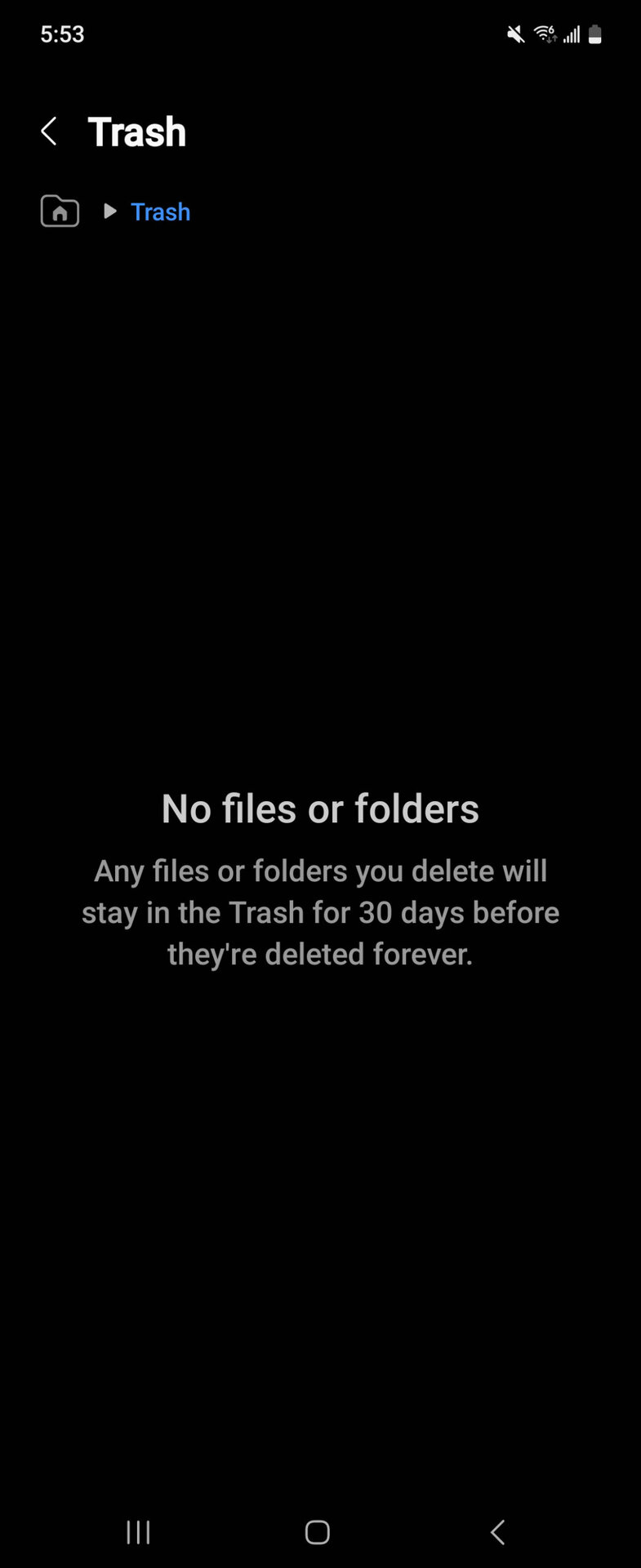
FAQs
No. The only limit is your device’s storage capacity.
Files in the Trash can’t be restored. Once the Trash is emptied, the files are gone.
Any kind of file can be deleted. If you have deleted a file and still see it on your device, you may have a malware problem.